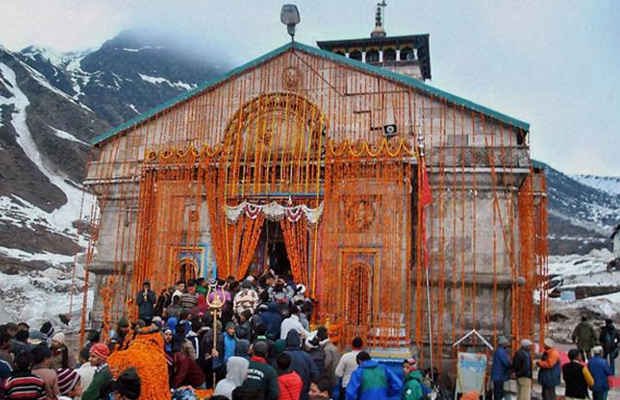Railways to offer connectivity for Char Dham pilgrims
The Indian Railways will commence the final location survey for providing rail connectivity to the four important Hindu shrines in the hills of Uttarakhand at an estimated cost of over INR 40,000 crore. The Rail Vikas Nigam (RVNL), a railway PSU, has been entrusted with the task of undertaking the final survey for rail connectivity to Chardham – Gangotri, Yamunotri, Badrinath and Kedarnath – through Dehradun and Karanprayag. Earlier, RVNL had undertaken a reconnaissance engineering survey in 2014-15 and submitted a report in October 2015.
As per the reconnaissance survey, the total route length is 327 kms and will cost INR 43,292 crore. The REC survey recommends 21 new stations, 61 tunnels totalling into a tunnel length of 279 kms and 59 bridges.
As the alignment will pass through the rugged mountainous terrain of the Himalayas, the Railways has to meet the challenges of rail construction. The existing rail heads or the nearest railway stations to the proposed Char Dham are Doiwala, Rishikesh and Karanprayag.
Railway Minister Suresh Prabhu shall lay the foundation stone for the final location survey for single broad gauge line in Badrinath on May 13. The four Dhams have their varied and distinctive elevation levels along with spiritual significance.
The Yamunotri tracing the origin of the river Yamuna is situated at 3,293 metre above sea level while the Gangotri tracing the origin of the river Ganga is situated at 3,408 metre above sea level. Kedarnath, housing the shrine of Lord Shiva, is one of the 12 Jyotilingas at 3,583 metres’ height, while Badrinath housing the shrine of Lord Vishnu is at 3,133 metres height above sea level.
Besides pilgrims, a large number of foreign and domestic tourists throng the state.
The Indian Railways is also pursuing its project of constructing a new rail line between Rishikesh and Karanprayag and efforts are underway to fast-track the project. These rail projects are said to add momentum to the progress of the state by connecting far-flung areas besides boosting opportunities for tourism and economic development.

